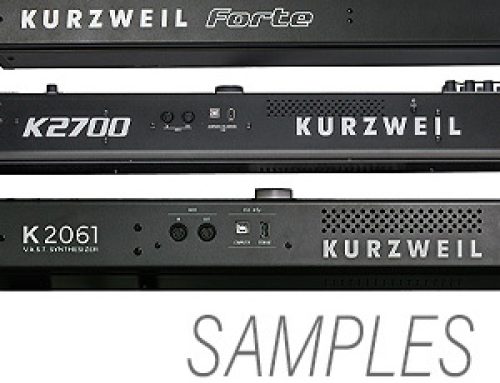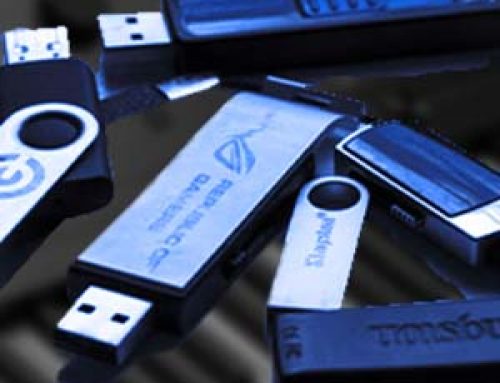Question:
What programs/multis/setups from other Kurzweil instruments can I load in my K2700?
Answer:
The K2700 can load content from the following Kurzweil instruments and file types:
| Instrument/File | File Type |
|---|---|
| K2700 | .K27 |
| PC4 | .PC4 |
| PC4 SE | .P4S |
| SP6 | .SP6 |
| Forte | .FOR |
| Forte SE | .FSE |
| Artis | .ART |
| Artis SE | .ASE |
| PC3A | .P3A |
| PC3K | .P3K |
| PC3 | .PC3 |
| PC3LE | .PLE |
| SP4 | .SPX |
| K2600 | .K26 |
| K2500 | .K25 |
| K2000 | .KRZ |
| FM Presets | .SYX |
| Audio File | .AIF |
| Audio File | .WAV |
| MIDI File | .MID |
Loading Compatible Object File Types
Aside from loading objects from its own .K27 files, the K2700 can load sounds and objects from other instruments.
In some cases object parameters may need to be edited by the user after loading. See each object file section below for details when loading file types other than .K27.
Objects from most of the recent Kurzweil models should sound and function exactly the same as on the original instruments (except in cases where unavailable physical controllers change the sound or function). Objects from older legacy Kurzweil instruments can often sound and function very closely or exactly the same as on the original instruments.
Loading Forte Object Files (.FOR)
When loading Forte objects from .FOR files, some Programs and Keymaps may be incompatible if they use Keymaps and Samples that are not available on the K2700. It may be possible to edit these Programs after loading and select K2700 Keymaps that sound very similar to the incompatible Forte Keymaps. For example, the K2700 does not have the same Japanese Grand Piano Keymaps and Samples that the Forte has, but it does have similar Keymaps that use a reduced set of the Forte Japanese Grand Piano Samples.
Loading Legacy Program/Keymap/Sample Object Files
When loading objects from .P3A, .P3K, .PC3, .PLE, .SPX, .K26, .K25, or .KRZ files, some parameters may need to be edited after loading.
Program Parameter info names and some controller assignments may need to be edited after loading.
A small number of Keymaps that use Samples with very short loops (such as oscillator wave Samples) may playback inconsistently. In this case, the problem can often be fixed by editing the Program to select a similar oscillator wave Keymap.
Some Programs and Samples that use reverse Sample playback may sound slightly different, and may benefit from Keymap or Sample loop editing after loading.
Some legacy K2 series factory Keymaps/Samples (such as oscillator wave Samples) will be remapped to use K2700 keymaps and samples, and will often sound very close or the same as on the original instrument. Some legacy K2 series factory keymaps/samples can not be remapped and may need to be replaced manually by editing the Program and selecting a different factory Keymap.
Loading Legacy K2 Series Object Files (K26, .K25, .KRZ)
When loading objects from K26, .K25, or .KRZ files, objects are converted to K2700 object types. Some object parameters cannot be converted and must be edited after loading.
All K2 series Keymap objects can be loaded, some parameters will be converted to K2700 specific parameters.
Most K2 series Program objects can be loaded. FX cannot be converted and must be edited after loading. Parameter info names and some controller assignments may need to be edited after loading. See the section above for more details on loading legacy Keymaps and Samples.
The Program Editor Keymap page sample skipping parameter (SmpSkp) cannot be loaded, so Samples can only be transposed upward by one octave. Programs and Keymaps may need to be edited to compensate for this.
A small number of DSP algorithms and functions (some filters, oscillators, etc.) cannot be loaded, so Program layers may need to be edited to compensate for this.
KB3 programs created with a K2500 or K2600 cannot be loaded, however the K2700 contains a variety of KB3 programs which can easily be modified and edited.
Triple Mode programs created with the K2600 cannot be loaded, however the K2700 improves upon this feature with Cascade Mode. Cascade Mode allows a program signal to be routed through up to 32 layers of DSP algorithms (for details see “Alt Input” on page 3-55 of the Musician’s Guide).
All K series Setup objects can be loaded and converted to Multis. FX cannot be converted and must be edited after loading.
Loading FM Preset Files (.SYX)
The K2700 can load .SYX files containing FM presets from classic 6 operator FM synthesizers. Loaded FM presets can be edited in Program Mode and combined with additional layers and VAST synthesis features. For details on editing FM programs, see “Editing FM Layers” on page 3-87 of the Musician’s Guide.
Loading Audio Sample Files (.WAV and .AIF)
From the LOAD page, .WAV and .AIF audio Sample files can be loaded and used with user created Keymaps (see “Building a Keymap” on page 5-8 and “Editing Samples” on page 5-10 of the Musician’s Guide). Mono and stereo files can be loaded, 8 or 16 bit, with sample rates up to a maximum of 96000 Hz. Once Samples are loaded to the K2700’s user sample flash memory, Samples remain in the K2700 even when the power is off, until they are manually deleted. Also, once Samples are loaded to the K2700’s user sample flash memory, there is no load time for those user Samples when turning on the K2700.
To load a user audio file, select a .WAV or .AIF file from the LOAD page file list and press the FILL soft button. On the “Fill from ID” page, select an ID then press the FILL soft button again to begin loading samples into unused user IDs.
On the Keymap Editor Main page (see “The Keymap Editor” on page 5-1 of the Musician’s Guide) loaded audio Samples can be selected in the Sample field. In the Sample field, you can find the audio file you loaded by entering 4096 (or whichever ID you filled from) on the alphanumeric keypad and pressing ENTER. If you have previously loaded user Samples, you may have to scroll above 4096 (or whichever ID you filled from) as your Sample will have been loaded into the next available unused ID.
Loading MIDI Song Files (.MID)
MIDI song files (.MID) can be loaded, they appear as Songs in Song Mode. Songs that use the General MIDI sound set are not supported and must be edited after loading to select appropriate instrument Programs for each track.


